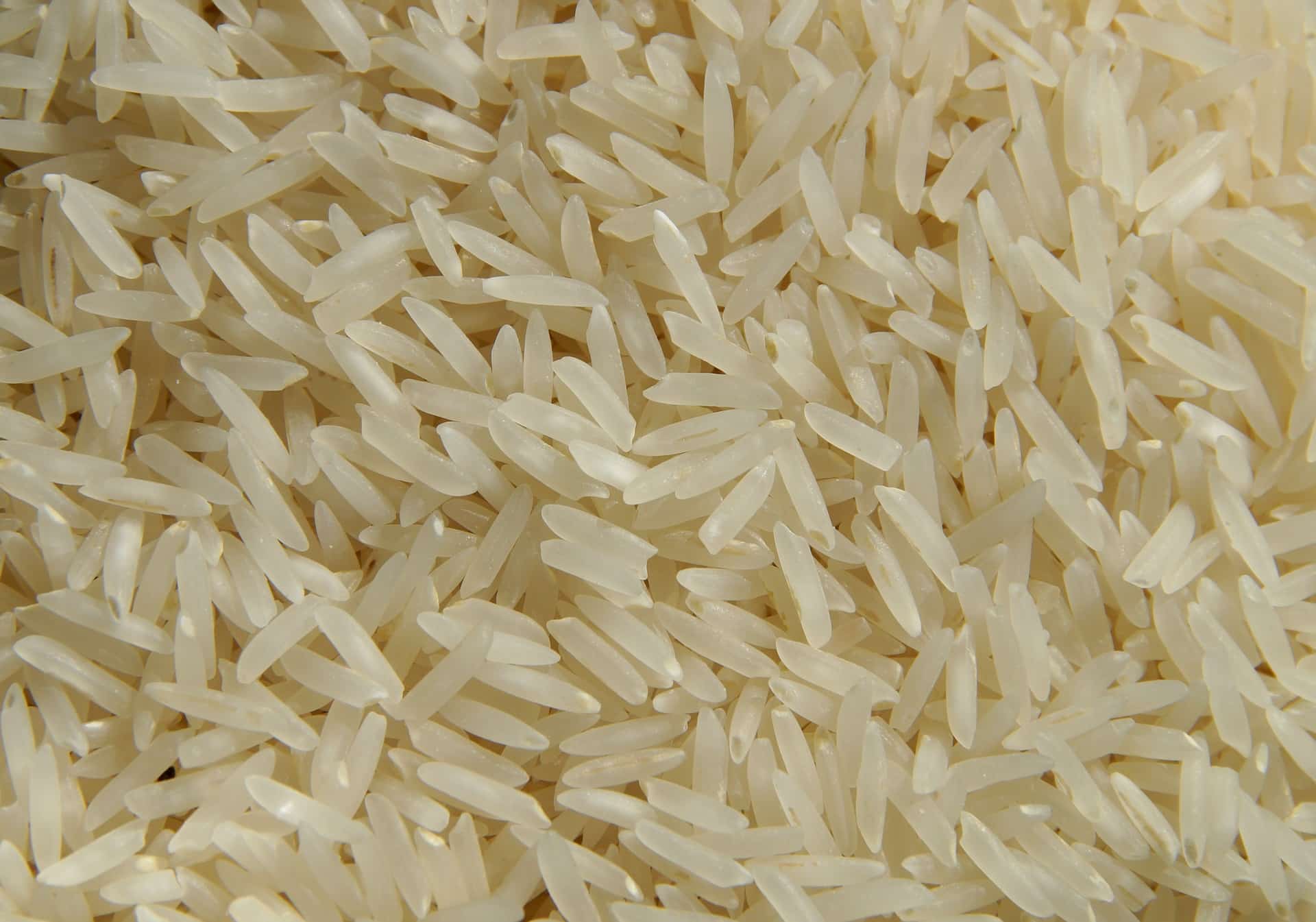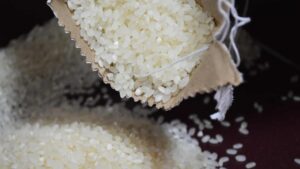A recently published study led by Iowa State University scientists applied a fresh perspective to vast amounts of data on rice plants to find better ways to predict plant performance and new insights about how plants adapt to different environments.
The study, published in the academic journal Genome Research, unearthed patterns in datasets collected on rice plants across Asia, said Jianming Yu, professor of agronomy and Pioneer Distinguished Chair in Maize Breeding. Those patterns allowed the researchers to develop a matrix to help them predict the traits of rice plants depending on their genetics and the environment in which they’re grown. The research could improve the ability of farmers to predict how crop varieties will perform in various environments, giving growers a better sense of stability and minimizing risk, Yu said.
“An organism’s traits are determined by a combination of its genome, its environment and circumstances unique to that organism,” says Tingting Guo, the first author of the paper and a research scientist in agronomy. “These are all complex factors. We’re trying to see how to gain a deeper understanding of the process so that we can move up the pyramid of data: information, knowledge and wisdom. Accurately predicting traits is a natural extension of applying that wisdom.”
The study analyzed data from 174 rice plants grown in nine different environments across Asia. The researchers analyzed the dataset using methods they’d previously developed for sorghum and found temperatures early in the growth of the plants play a major role in determining the length of time the rice plants flower, called flowering time. Coupled with genomic data, the researchers used this observation to develop an index from the temperature profile between nine and 50 days after planting to predict flowering time.
Analysis Can Apply to Other Crops
The study’s findings hinge on the ability of the researchers to apply innovative analysis techniques to large, previously available datasets, rather than generating new data.
“Our starting point was data that already existed,” says Xianran Li, an adjunct associate professor. “But we spent our time extracting new information from that data and taking the next critical step to explore the connection with a much larger dataset.”
The analysis also found patterns in the geographic distribution of certain rice genetic haplotypes, or sets of DNA combinations that tend to be inherited together, among roughly 3,000 diverse rice plants. These geographic patterns revealed preferential adaptation to different temperature zones, Guo said. Regions with lower temperature were dominated by haplotypes sensitive to temperature changes, while the equatorial region had a majority of haplotypes that are less responsive to temperature, according to the study.
Yu and his colleagues have applied their data analysis methods to sorghum and rice plants, and he said similar approaches should carry over to corn and soybeans as well.
The fundamental question motivating the research is how the complex genotype-environment interplay gives rise to phenotypic variation, Yu said. The team proposed a conceptual model to connect gene and environment together.
“It is time to bring the inseparable environmental context into how we define the effects of genes and gene networks. This model bridges the gaps among various research in individual gene discovery, field-level phenotypic plasticity, and genomic diversity and adaptation,” Yu says. “We think this conceptual model also serves as a broad framework to move plant breeding forward.”
Funding for the research came from the ISU Plant Sciences Institute and the ISU Raymond F. Baker Center for Plant Breeding.












